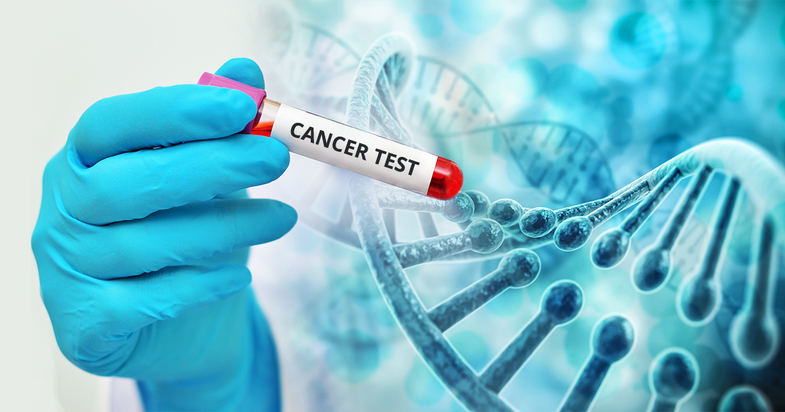
Scientists are developing a revolutionary test to predict a woman's risk for four types of cancer using a single sample collected while examining the cervix.
Using cervical cells from a routine test, experts may be able to differentiate between ovarian and breast cancer or predict their likelihood of developing it, according to two papers published in the journal Nature Communications. Further results are due to the ability of the WID test - identifying the risk of women with cancer - to predict cervical and cervical cancer, the researchers said.
The test could eventually enable the early detection of four types of cancer in younger women, and even "stop the cancer before it starts," experts said, which would be a "game changer" for women's health.
The researchers used cervical cell samples from 242 women with ovarian cancer and 869 without cancer. They then measured 14,000 epigenetic changes and identified a unique DNA change that could be used to detect or predict the presence of cancer.
"This could make a difference in screening for cancers - not by detecting them early, but by preventing them from developing," said Athena Lamnisos, chief executive of Eve Appeal, which is funding the research with the European Research Council.
In the future, Eve Appeal said, women may receive specific risk outcomes for each of the four diseases. Women with high scores may be offered more monitoring, regular mammograms, risk reduction surgeries or therapy.







